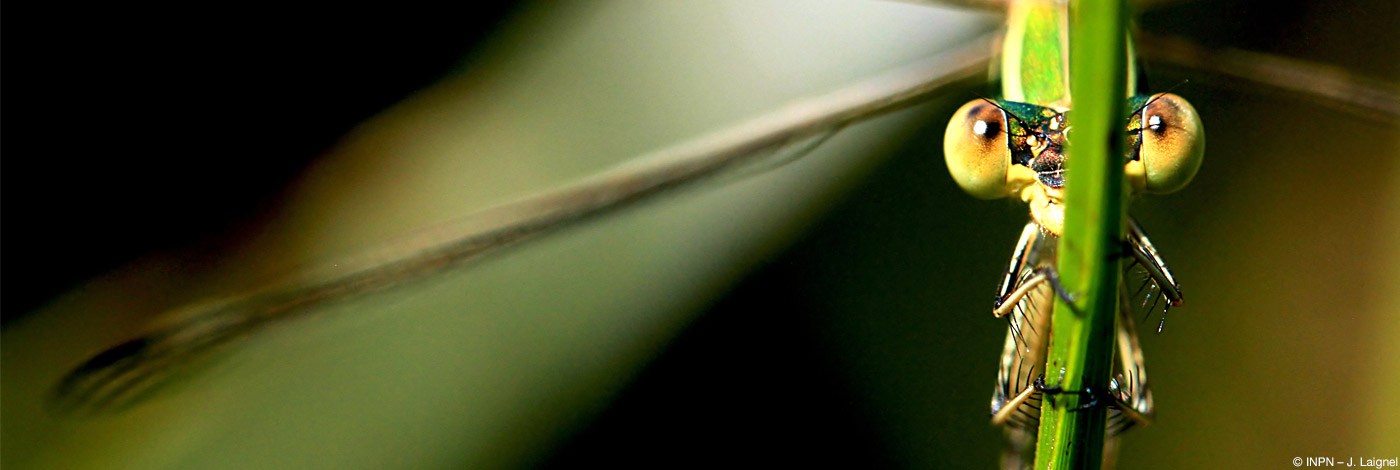

 Naturae
2022 (9) - Pages 169-192
Naturae
2022 (9) - Pages 169-192While many animals use the airspace, human activities also occupy this space significantly. In this article we consider four types of obstacles – aircrafts, buildings, wind turbines and power lines – to illustrate their impacts on birds, bats and insects. Litterature shows that these airborne obstacles cause mortality through collisions, electrocutions and barotrauma, in addition to generating disturbance and habitat loss/fragmentation. However, the quantification of these problems remains highly variable depending on the obstacles and species, and is generally poorly known in France (except for aircraft and, to a lesser extent, wind turbines). We then present various management measures that are already being implemented or tested to reduce these impacts. However, here again, we stress that their deployment varies greatly depending on the obstacles. For example, bird hazard management at airports benefits from several decades of experience while the impact of buildings is hardly considered. Most of the time these measures are sector-based and remain more or less effective to date. We therefore underline the interest of a global approach based on green infrastructures concepts, in order to explore these issues and propose several suggestions to implement an aerial ecological network.